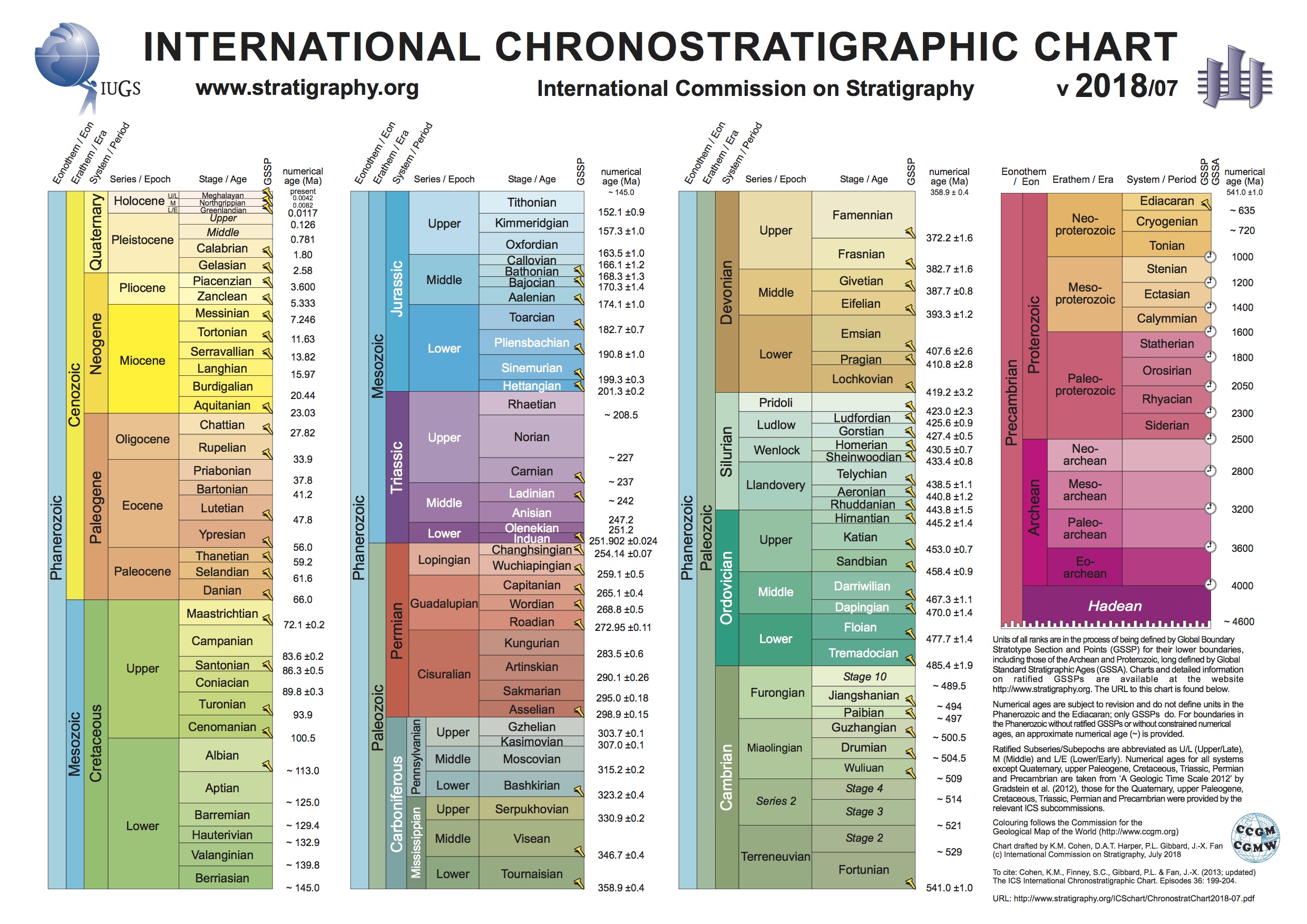Welcome to Meghalayan Age: How the Newest Chapter of Earth’s History Got Named!
Meghalaya made it into the geologic time scale thanks to a stalagmite found in the famous Mawmluh Cave, located at an elevation of 1,290 metres.

Humans have this unique tendency to classify and categorise everything. From the food aisles in supermarkets to species of life and even time is categorised into minutes and seconds, all for our convenience.
But when the earth has existed for almost 4.2 billion years, classifying time in minutes is probably not the efficient way to do it.
Here’s how the Geological Time Scale (GTS) comes in handy. The GTS is a time scale referred to by geologists and other earth scientists and is classified according to geological strata.
In a new classification of this scale, the most recent age we live in, from 4,200 years ago till now, has been named after an Indian State–the ‘Meghalayan Age’.

But what did Meghalaya have to do with this classification? Well, in one of the oldest caves in Meghalaya, the history of earth has been recorded almost flawlessly.
In the 17th century, geologists observed that the earth records time in layers of rocks. In strata of rock, each layer formed represents a slice of time which had specific environmental conditions.
Thus, by carefully studying preserved rocks, scientists could read the history of the earth over the course of time.
This is the basis of the Geological Time Scale. With this, the history of the earth was classified into various time periods of eon, era, period, epoch and age; with ‘age’ being the smallest unit of geologic time, as shown in this image.
Meghalaya made it into the geologic time scale thanks to a stalagmite found in the famous Mawmluh Cave, located at an elevation of 1,290 metres.

The stalagmite, a type of rock formation, has preserved the transition of the ages due to the perfect condition in the caves.
Mike Walker from the International Commission on Stratigraphy (ICS) was tasked with defining the geologic time scale. They studied various sedimentary deposits, ice cores and deposits below the seafloor.
The chemical composition in each deposit can narrate global events like floods, droughts and climate change which can be used to classify the period.
The stalagmites in Mawmluh had a chemical signal for oxygen which fluctuated, indicating dryness in the climate. This directly correlates to the period of drought that led to the collapse of civilisations in North Africa, the Middle East and Asia.
“…The beginning of this youngest time interval of the Geologic Time Scale corresponds with a major cultural change driven by a major climatic event,” said Stanley Finney, Secretary-General of the International Union of Geological Sciences (IUGS), through an email to Hindustan Times.
This is the first time a geological time scale change has been linked to a cultural event, which is the collapse of the civilisations.
The Meghalayan Caves have a rich collection of such rocks in pristine conditions, all preserving the earth’s rich history.
Philip Gibbard, a Professor at the University of Cambridge, told the publication, “It is very special, almost unique, because geologists are used to dealing with rock sediments. The cave environment is a special one; it has preserved a very high-resolution record.”
(Edited by Shruti Singhal)
Hey, you may also like: Hidden in Meghalaya’s Verdant Hills Lies The World’s Longest Sandstone Cave!
Like this story? Or have something to share?
Write to us: [email protected]
Connect with us on Facebook and Twitter.
NEW: Click here to get positive news on WhatsApp!
If you found our stories insightful, informative, or even just enjoyable, we invite you to consider making a voluntary payment to support the work we do at The Better India. Your contribution helps us continue producing quality content that educates, inspires, and drives positive change.
Choose one of the payment options below for your contribution-
By paying for the stories you value, you directly contribute to sustaining our efforts focused on making a difference in the world. Together, let's ensure that impactful stories continue to be told and shared, enriching lives and communities alike.
Thank you for your support. Here are some frequently asked questions you might find helpful to know why you are contributing?


This story made me
-
97
-
121
-
89
-
167














